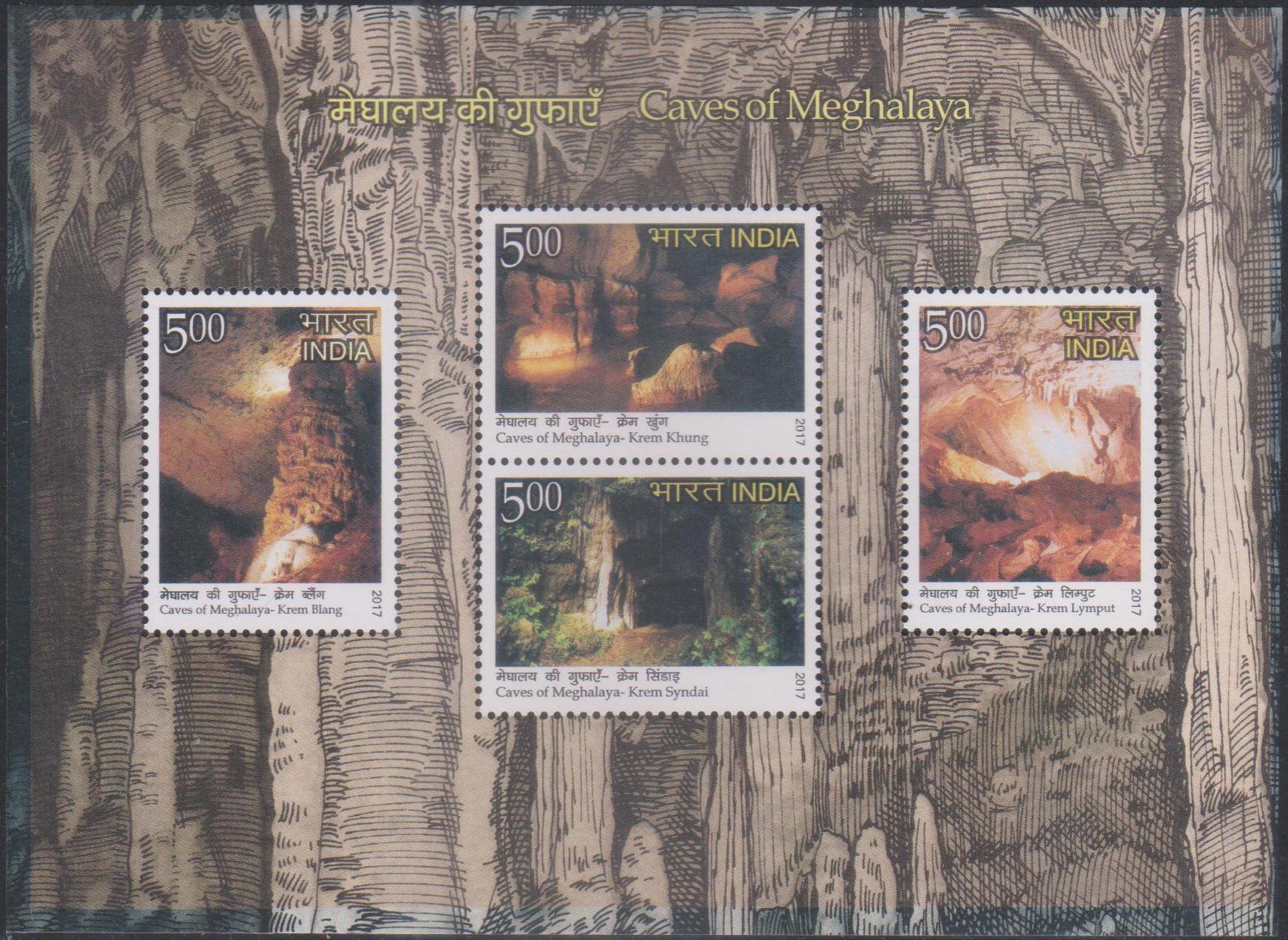
Caves of Meghalaya
A Miniature Sheet consisting of 4 nos. of special postage stamp on the Caves of Meghalaya : Krem Blang, Krem Khung, Krem Syndai and Krem Lymput :
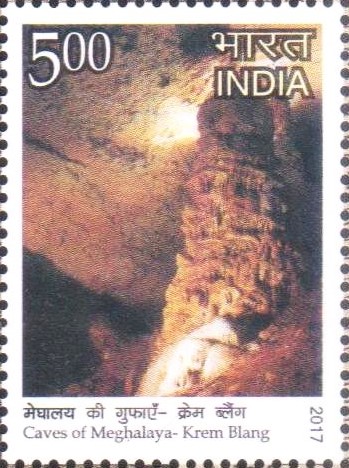
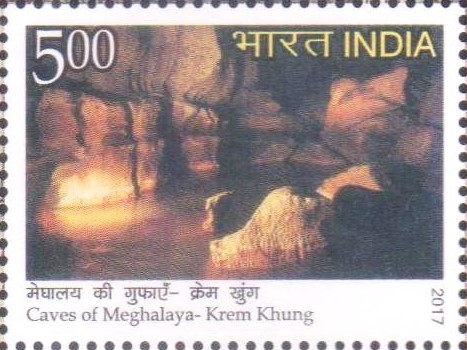
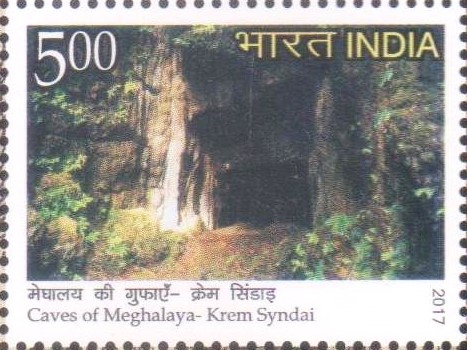
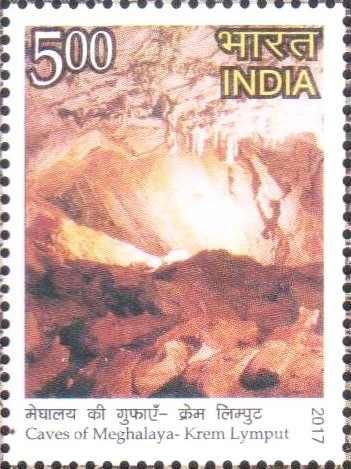
 Issued by India
Issued by India
Issued on Aug 15, 2017
Issued for : Department of Posts is pleased to issue a set of four Commemorative Postage Stamps on Caves of Meghalaya.
Credits :
Stamps/Miniature Sheet/FDC/Brochure : Sh. Suresh Kumar
Cancellation Cachet : Ms. Nenu Gupta
Type : Miniature Sheet, Mint Condition
Colour : Multi Colour
Denomination : 500 Paise (4)
Stamps Printed : 0.5 million each
Miniature Sheet Printed : 0.1 million
Printing Process : Wet Offset
Printer : Security Printing Press, Hyderabad
About :
- Starting as a coral island, after the breakup of the super-continent Gondwanaland, Meghalaya is mostly comprised of a relatively stable high structural block, called the Shillong Plateau, with underlying Precambrian granites, gneisses and schists. Along its southern border however, a younger sedimentary sequence was formed which includes limestone. The land experienced a succession of dramatic events where parts of the land were uplifted only to sink before rising above the sea again, thereby lifting the karst areas to considerable height.
- The presence of ideal conditions like high grade limestone, heavy precipitation, elevation and hot and humid climate induced the formation of caves at diverse locations and elevations, making this particular region of the country a delightful paradise of caves. During the last twenty five years of exploration, 1620 caves have been identified or located out of which about 1030 have been explored and mapped, yielding a total cave passage mapped at 460 kilometers with the potential of much more to be discovered. These extensive and intricate subterranean systems of Meghalaya are the longest and deepest in India, with the longest being Krem Liat Prah-Um Im-Labit system at 30,397 metres and the deepest being Synrang Pamiang at -317 metres.
- These caves are also unique as habitat for rare and endemic troglobitic animals not found elsewhere in the world like Hetoropoda fischeri and Schistura papulifera. Department of Posts is issuing stamps on four caves of Meghalaya i.e. Krem Blang, Krem Khung, Krem Syndai and Krem Lymput.
- Krem Blang:
- (25°25’26.8” N: 092°35’00.2” E), is located in East Jaintia Hills district. It is 272.93 m long. It is a single large relic passage below a short slope. The passage of the cave remains at fairly constant width and height dimensions of seven metres by nine metres for almost the whole length. About 50 metres into the cave a short but easy squeeze through calcite formations have to be negotiated, after which the passage turns and opens up again to a straight 200 metre long gallery. A short distance after this, a boulder slope on the south east side leads up towards the roof. Here a short, free climbable three by one metre wide pitch extends five metres up to a very unstable chamber and an exit to daylight.
- After another thirty metres back in the main passage Angie’s Chamber is reached. Here the floor is covered with beautiful crystal pools and cave pearls requiring very careful negotiation. Clusters of high stalagmites and columns form bizarre groups of picturesque calcite formations along the walls. Another twenty metres further on a dry inlet with calcite floor joins the main passage and arrives on top of a great flowstone and calcite formation called The Fireplace. A little ahead a short scramble and crawl to the west leads into an impressively decorated chamber named Annie’s Ballroom at the end of which calcite formations block all possible ways on.
- Krem Khung:
- (25°23’21.9” N: 92°34’48.8” E), is located in East Jaintia Hills district of Meghalaya. The cave lies at the valley level at an altitude of 879 m above the mean sea level. The 1.4m by 1.6m triangular shaped entrance of the cave is through a sinkhole lying below a cliff. Beyond the entrance, the cave floor is covered with dry mud and flood debris for about fifty to sixty metres after which numerous pools with slushy to knee deep water are to be negotiated for onward progress into the main cave system.
- The cave trends in a north east direction towards the Kopili River and is a major sink of the area taking a lot of water during the monsoon.
- One of the characteristic features of Krem Khung is its meandering nature which practically obliterates the transitional zone and the dark zone starts within less than 100m of the entrance.
- Main trend of the cave leads into a large chamber with a diameter of about 50 m and height of about 8 m. This chamber, which has been named as Paradise Chamber by cave explorers is spectacular from the point of view of speleological features. Its base is strewn with fallen boulders and it has development of multi-coloured stalactites, stalagmites and columns; some of the stalactites are of bright yellow colour due to sulphuric bacterial activity.
- The cave is hosted by limestone of Eocene age as indicated by the presence of age diagnostic fossils of foraminiferal species of Nummulites.
- At 7,349 metres long it is currently India’s tenth longest cave.
- Krem Syndai:
- (25°10’53.8” N: 92°08’15.7” E; Length 400 metres). The cave entrance lies in a small depression some four hundred metres from the village of Sundai, in West Jaintia Hills district.
- The cave is entered by a stooping height arch and once inside the passage immediately opens up into impressive proportions. The way forward lies down a steep calcite slope to the floor of the passage proper. Here the cave passage is some 25 metres or more high by some 30 metres wide, containing some impressive calcite formations in the form of large stalactite and stalagmite bosses, columns and much flowstone. The passage continues in an easterly direction for over 200 metres in similar proportions with the floor rising and falling as large calcited boulder piles and groups of large stalactite formations are met. The passage eventually begins to diminish in size and ends in a calcite blockage.
- Krem Lymput:
- (25°10’35” N: 091°47’10” E) The cave lies about six kilometres from the village of Nongjri, East Khasi Hills district. The inconspicuous entrance hidden in the jungle covered boulders reveals itself by the cool air it blows. A scramble descent of about 10 metres over masses of rock to a comparatively level space leads to the main trunk passage which runs for one kilometre with inclined walls and ceiling towards west into a passage known as Way to Heaven, which is a very loose and slippery climb. It leads into a series of spacious galleries which are very rich in calcite formations. The main attraction of the cave is the Mughal Room which measures more than 25 metres wide, 25 metres high and 75 metres long. With numerous side passages creating a maze it is 6641 metres long and currently ranks at number 12 in India.
- Text : Based on the information received from State Govt. Meghalaya.


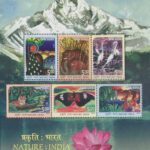
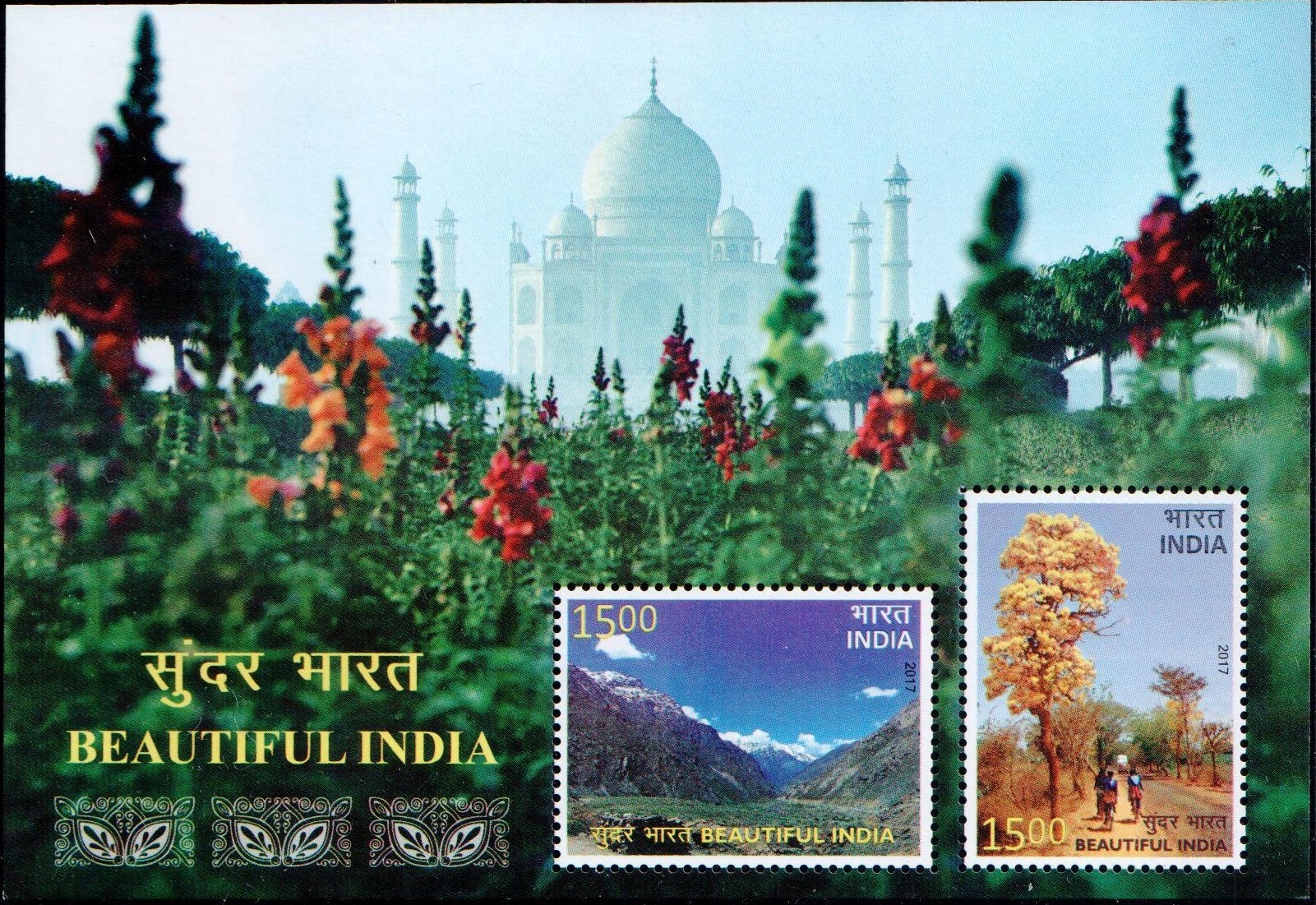
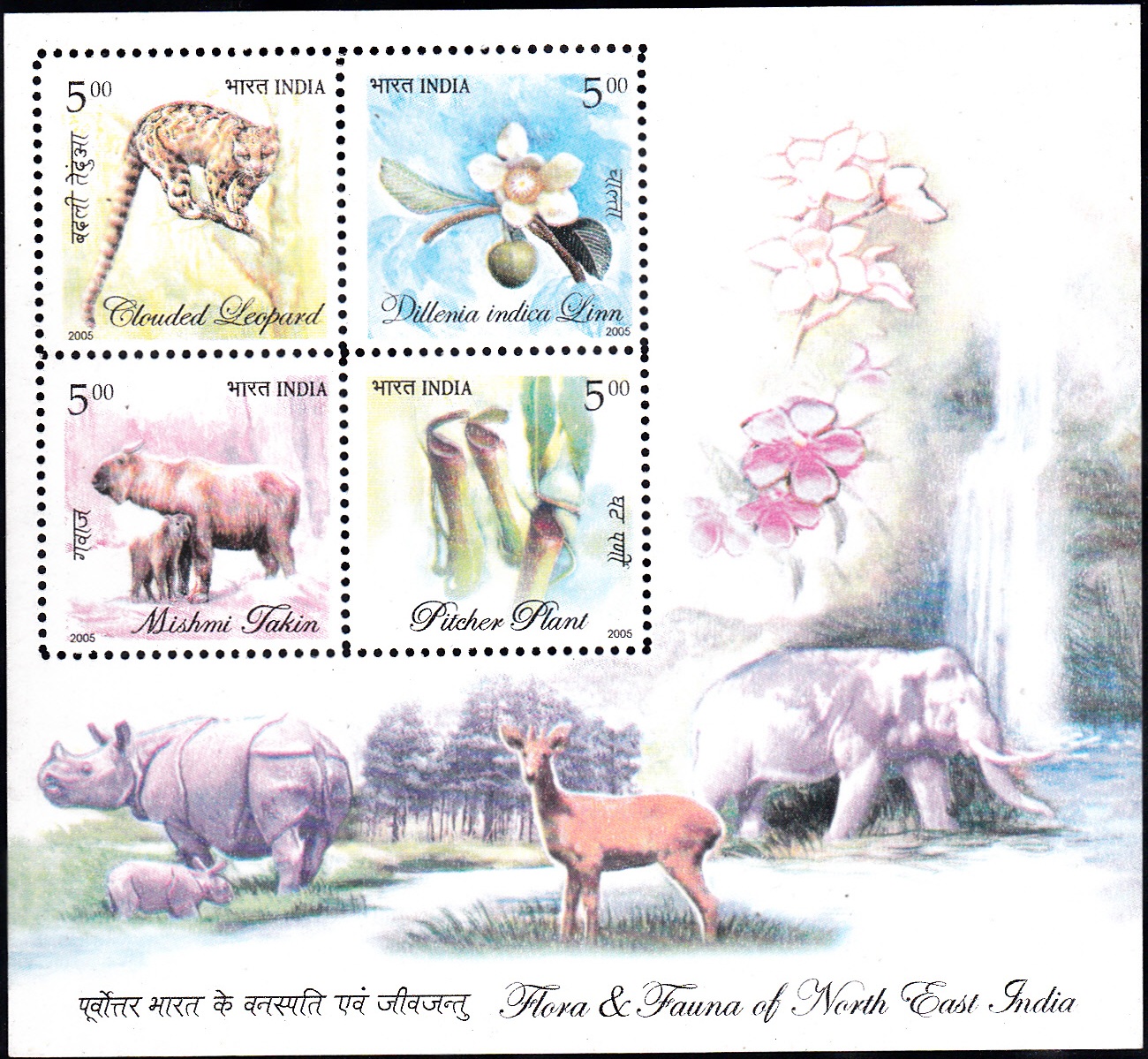
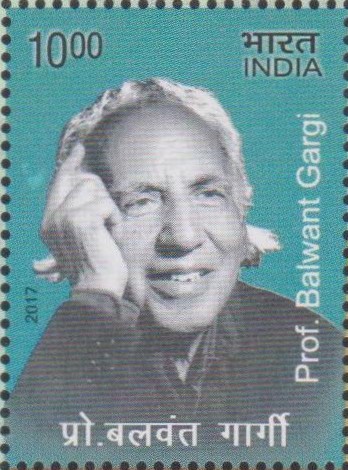

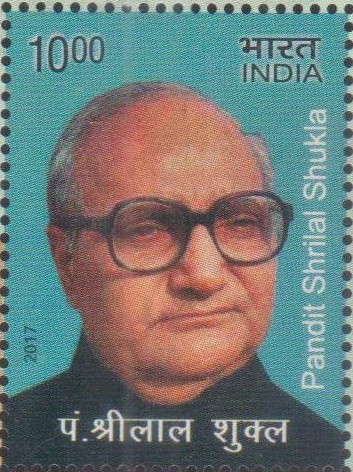
I like istamp ❤
I like ur page….keep trying😌😌💪💪
Can i get it Shillon?